Liberal talk of provincial clawbacks a tactic to distract from ‘insultingly low’ disability benefit, say advocates
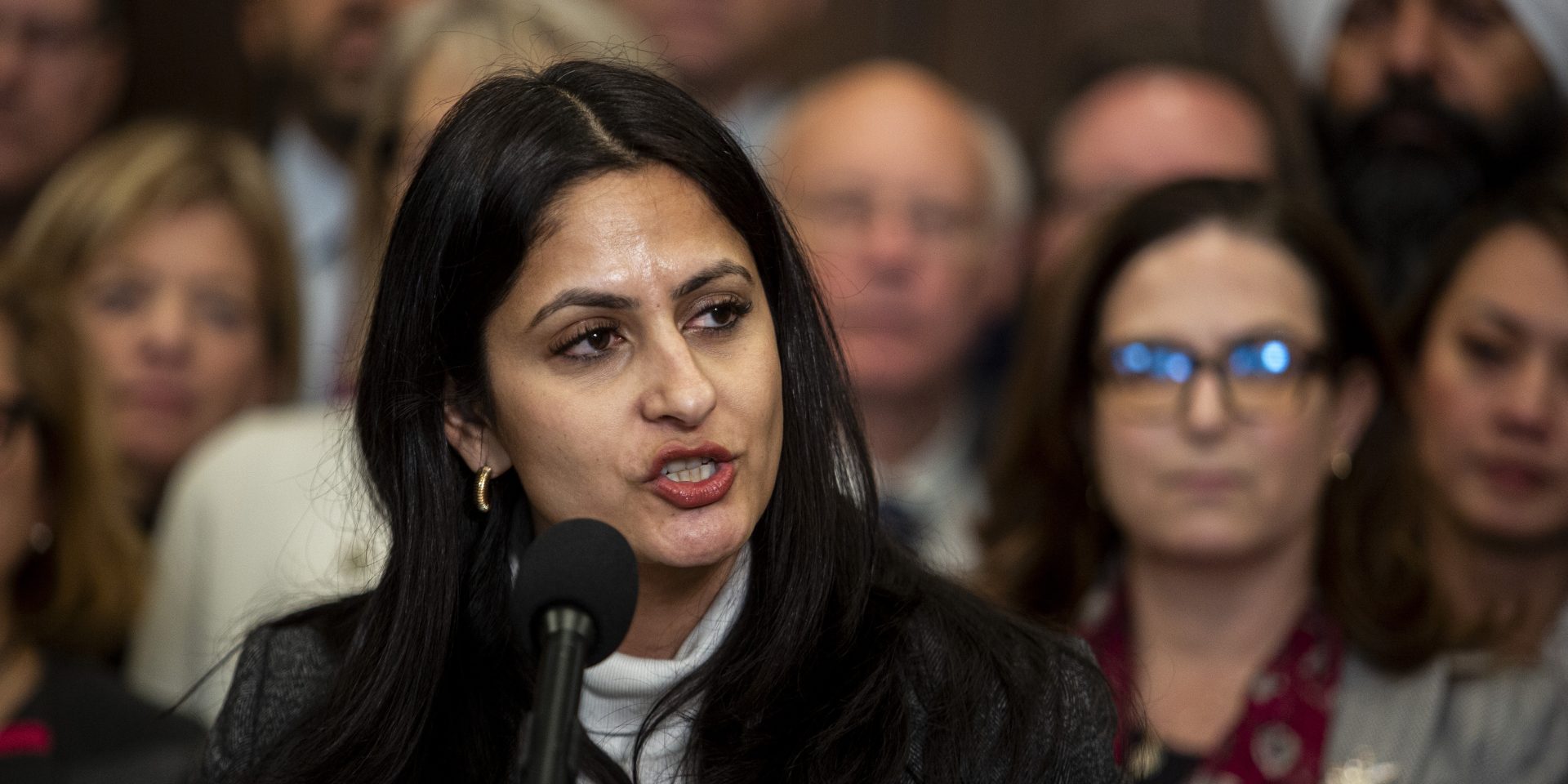
The Liberals’ post-budget messaging about preventing provinces from clawing back the coming Canada Disability Benefit is a distraction intended to help them weather the disability community’s outrage, say advocates and experts, following the fiscal blueprint’s “woefully inadequate” funding and restrictive eligibility criteria.
Amanda Mackenzie, national director of public affairs for March of Dimes Canada, told The Hill Times that “there was no discussion about the provinces and territories until the federal government knew the backlash was going to be so strong.”
She acknowledged that provincial-level advocacy has focused on the “immorally low” levels of support provinces and territories provide to people with disabilities, but pointed out that it was “a bit rich” to hear this from the federal government, considering there are more than 300,000 people who receive the Canada Pension Plan Disability Benefit at rates far below the poverty line.
The April 16 budget repeated the federal government’s frequent call to provinces and territories to exempt benefit payments “from counting as income in relation to provincial or territorial supports.” Such clawbacks could see eligible recipients receive even less than the $2,400-a-year maximum set out for them in the federal budget. Disabilities Minister Kamal Khera (Brampton West, Ont.) has also repeated that language when defending the benefit.
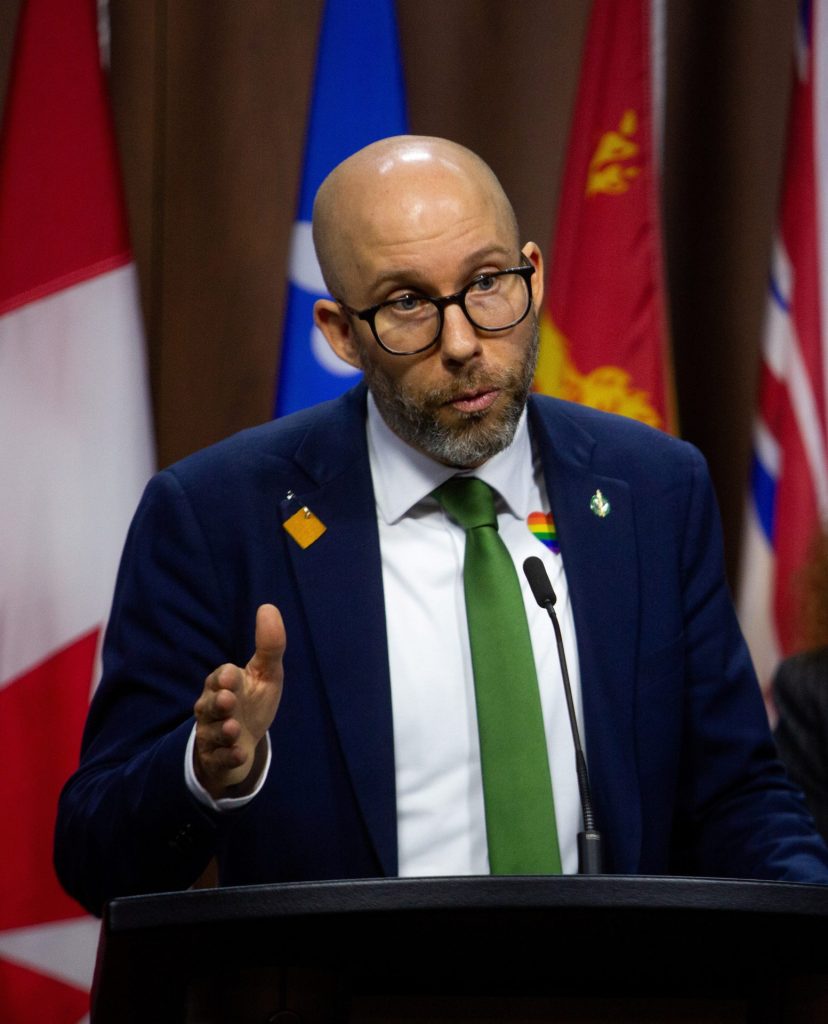
Green Party MP Mike Morrice (Kitchener Centre, Ont.) called the clawbacks messaging both in the budget and after “a distraction from what the government is putting forward, which is a completely inadequate starting point that doesn’t reflect the expectation that they set.”
“It doesn’t reflect other programs that they themselves compared it to,” Morrice added, referring to commitments in the 2020 Speech from the Throne and the 2021 Liberal Party platform to model the promised Canada Disability Benefit (CDB) on the Guaranteed Income Supplement (GIS) for seniors and the Canada Child Benefit (CCB).
The budget was the first time the government announced its overall funding envelope: $6.1-billion over the first six years, and then $1.4-billion a year on an ongoing basis.
“The Guaranteed Income Supplement is a $24-billion-a-year program,” said Morrice. “That’s the extent of the inadequacy. It’s not clear that this benefit will lift a single person with a disability above the poverty line.”
Every advocate and expert interviewed for this article told The Hill Times they were surprised by how little the government allocated for what has been presented, over the last four years, as a major social program that would slot in alongside existing poverty-reduction measures for seniors and children.
The Canada Disability Benefit Act, the relatively thin framework legislation that gave the relevant minister the authority to begin designing a benefit for low-income people with disabilities aged 18-64, received royal assent in June 2023 after receiving unanimous support at every reading, in both the House and Senate.
But none of those votes required MPs or Senators to put any real money behind the benefit.
The government described the benefit funding as the largest single spending item in the budget, but social policy experts, advocacy groups, and disability community members soon realized these figures paled in comparison to the two landmark social assistance programs the government had repeatedly said the CDB would be comparable to—the Guaranteed Income Supplement for seniors and the Canada Child Benefit for families.
Payments are expected to begin in July 2025, would be capped at $2,400 a year (or $200 a month), and would go to people who had applied and been approved for the Disability Tax Credit—an existing program that federal and provincial governments routinely, and controversially, use as a gateway to determine eligibility for many other disability programs.
‘I didn’t think they would go so low,’ says policy expert
Rabia Khedr, national director of the advocacy group Disability Without Poverty, said the $2,400-a-year maximum benefit falls far below even the lowest of three possible estimates the Parliamentary Budget Officer contemplated in a November 2023 report. That estimate described an overall disbursement of $2.1-billion in the first year, with a maximum benefit of $14,356 per recipient and an average benefit of $7,683.

“It’s just sad. My heart breaks because I sincerely fought this battle, and thought I could trust this government,” added Khedr, who is blind. “But I always say every obstacle is an opportunity. So the only hope I have right now is that that spirit of unanimous consent that Parliament demonstrated in the last three years will show up again, without political biases and theatrics and conflicting political goals.”
“Nobody has ever voted against this [benefit].”
Social policy expert John Stapleton, a former longtime Ontario civil servant, said landmark social programs such as the GIS and the CCB started small and were increased over the years. Still, he said he was “very surprised” to see the math work out to $200 a month.
“I didn’t think they would go so low,” he said. “I speculated it might be $500 a month to start. And some people came out saying it might be $250 or $300. But nobody I know predicted as low as $200.”
“People with disabilities were led to believe this program would lift them out of poverty,” which created the expectation among the community that the government was designing a program with a level of ambition comparable that of the GIS, said Stapleton.
“You say you’re going to implement something like [the GIS],” he added, “and then you spread $6-billion out over six years, and then ratchet it down to $1.4-billion a year. Newsflash: the GIS is going to spend $80-billion in the next five years.”
Sherri Torjman, a social policy consultant and former vice-president of the Caledon Institute, said the budget makes clear that Ottawa has chosen an approach that seeks to help people with disabilities defray some of their expenses, instead of an approach that sets a minimum income level.
In an April 29 report for the CSA Public Policy Centre, Torjman wrote that $2,400 a year was too low even under this alternative approach. Instead, she suggested the government start with $7,200 a year ($500 a month), relying on a precedent the previous Ontario government set for people with disabilities who participated in its now-cancelled basic income pilot project.
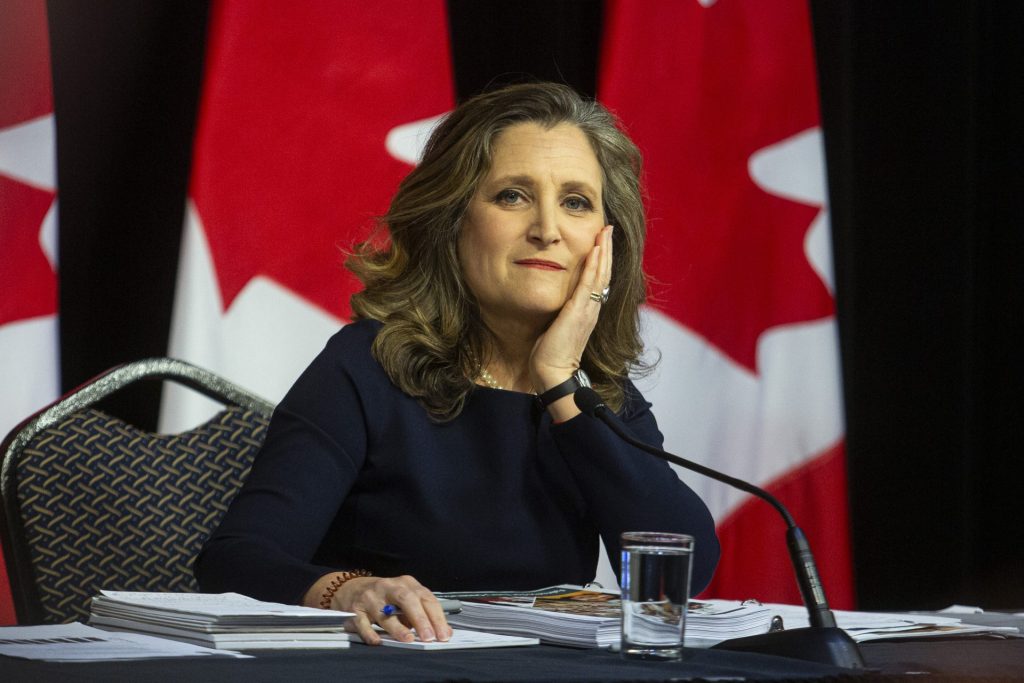
The budget says persons with disabilities will be consulted on “key elements of the benefit’s design,” but that the final design “will need to fit the investment proposed in Budget 2024.”
Mackenzie said it’s not clear if that will allow for any substantive changes. “It looks like the key regulations have already been decided upon, based on the nature of the financing. They’ve decided on the amount and on eligibility.”
She said she and other advocates would work for a repeat of the grassroots push that sent 20,000 letters to Finance Minister Chrystia Freeland (University-Rosedale, Ont.) asking her to “budget the benefit.”
“Two-hundred-dollars a month is not even close to enough,” Mackenzie said, to meet the needs of the people her organization serves. “When you commit to lifting people out of poverty, giving them $200 a month is a slap in the face.”
Disability Tax Credit creates more barriers, advocates say
Morrice questioned whether, by setting the Disability Tax Credit (DTC) as the gateway to the new benefit, the government was violating a provision in the Canada Disability Benefit Act that requires the application process to be barrier-free. He advocated instead for automatic consideration when a person files their taxes.
Torjman, who was involved in the design of the Canada Child Benefit and who later served as vice-chair of the minister of national revenue’s disability advisory committee on tax measures, shared other experts’ concerns about the use of the tax credit to determine eligibility for the CDB.
“The DTC is not geared towards lower-income Canadians,” she explained, and is very narrow in its application. She said there would need to be “a lot of work to open those doors and explain to people that they’re eligible.”
Mackenzie added that she hasn’t spoken to a single organization or community member who recommended using the DTC as the eligibility mechanism. “So for all this talk about needing to consult, [the government] proposed something that so clearly did not come from the community,” she said.
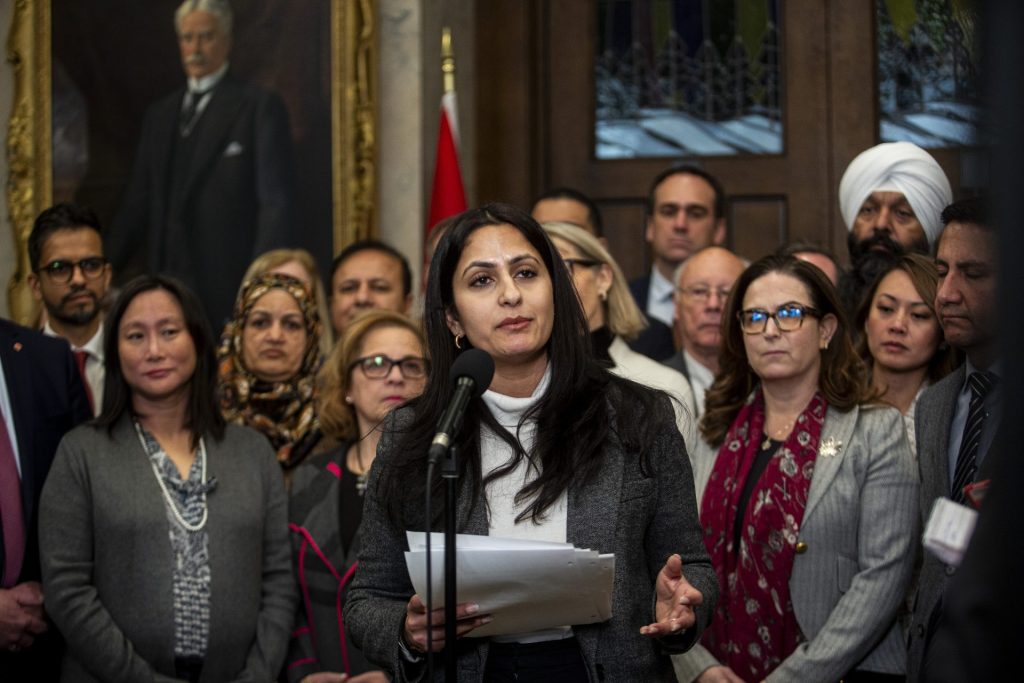
Laurent de Casanove, press secretary to Khera, said in a May 1 statement that the overall $6.1-billion investment in the budget was “a major milestone” in getting the new benefit to Canadians “in a fiscally responsible way.” The statement said using the DTC was key to delivering the new benefit as quickly as possible while ensuring consistency across the country, and that the Canada Revenue Agency has made improvements in recent years to allow for broader access.
Inclusion Canada, a national federation representing people with intellectual disabilities, expressed “profound disappointment” in the benefit, saying in an April 17 press release that it was supposed “to lift persons with disabilities out of poverty, not merely make them marginally less poor than they already are.”
Michael Prince, a prominent social policy expert at the University of Victoria, resigned as an advisor to Khera on disability policy on April 19, and told The Toronto Star the budget announcement was “a colossal failure” and “a profoundly disappointing outcome.”
Singh says benefit amount a sticking point, but will support the budget
Khera faced tough questions on the CDB from MPs from all parties when she appeared before the House Human Resources Committee on April 29.
The Conservatives, the Bloc Québécois, and the Greens had all previously announced they would vote against the federal budget, which left the NDP as the only party with any leverage over the Liberals.
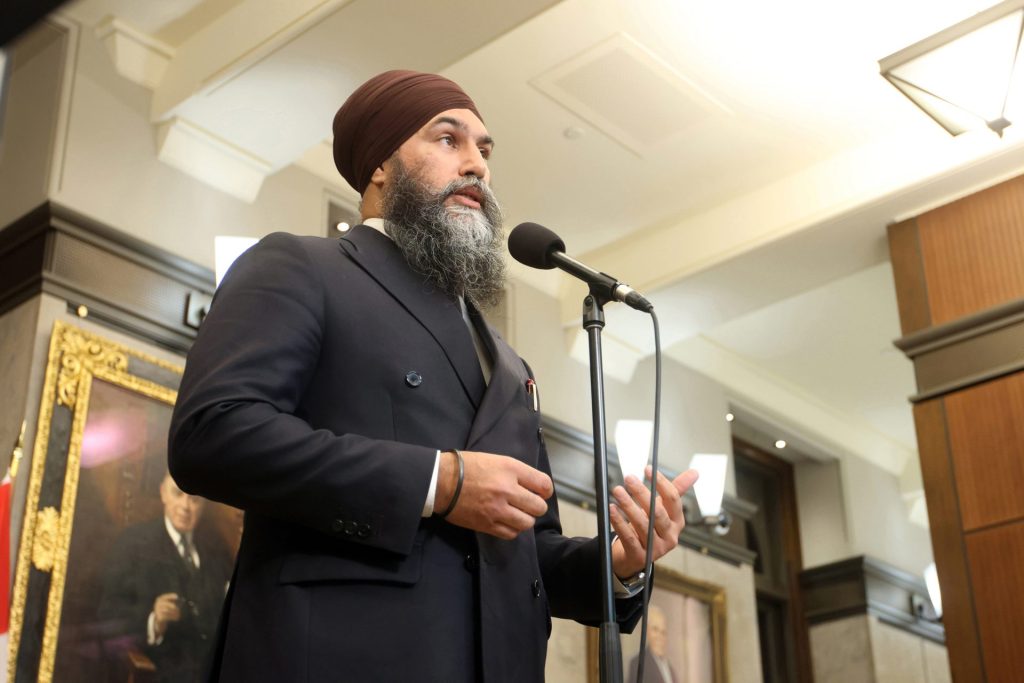
NDP Leader Jagmeet Singh (Burnaby South, B.C.) told reporters on April 29 that the benefit was one of the remaining sticking points in his negotiations with the Liberals, but declared on May 1 that he would support the government in the confidence vote. Singh said the Liberals had made commitments about limiting clawbacks by the provinces, but were not willing to increase the overall funding for the benefit.
NDP disability critic Bonita Zarrillo (Port Moody—Coquitlam, B.C.) added in an April 29 statement to The Hill Times that the version of the Canada Disability Benefit laid out in the budget is “woefully inadequate” and “insultingly low,” and that it will not cover groceries, rent, medication, and other life expenses.
But unlike dental care, pharmacare, and affordable housing, the Canada Disability Benefit is not part of the NDP’s supply-and-confidence agreement with the Liberals. Disability advocates have expressed doubt about how far Singh and his team would go to push the Liberals to increase the overall funding envelope for the CDB, possibly at the risk of jeopardizing gains on their other priorities.
Khedr said she was glad the NDP are “using the political tools at their disposal to speak up, but really I hope it’s not just a negotiation tactic on the backs of disabled people.”
The Hill Times






 LICENSING
LICENSING PODCAST
PODCAST ALERTS
ALERTS













